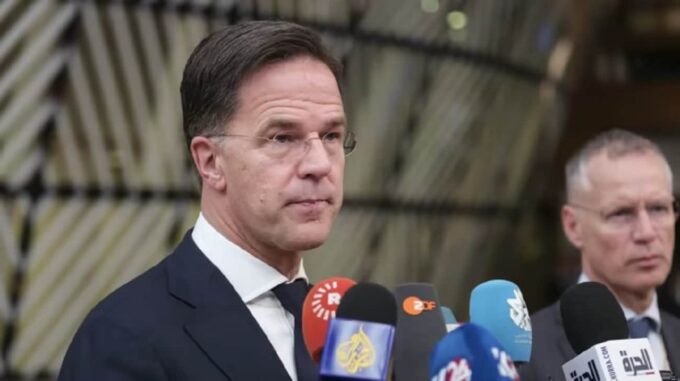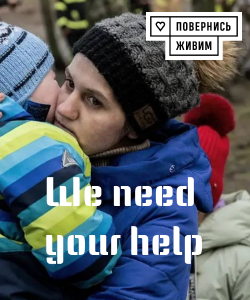NATO has recognized Russia as a long-term threat to Europe’s security and to the entire Euro-Atlantic community

This was stated by the Alliance's Secretary General, Jens Stoltenberg, during a recent meeting with U.S. President Donald Trump at the White House, emphasizing the unity of Washington’s European allies on the issue regarding Moscow. Based on the communication pattern established during this meeting, Stoltenberg's quote was: "We all agree in NATO that Russia poses a long-term and serious threat to our territory and security." This statement indicates that NATO is catastrophically unable to envision a future development involving direct cooperation with Russia in the security sphere — on the contrary, Moscow is viewed as a potential and long-term challenge to the alliance. The Alliance leader also announced that there is on the agenda the issue of possible steps toward achieving peace between Ukraine and Russia. According to Stoltenberg, "there are some proposals on the table for Russia," but he emphasized that "the ball is now clearly in Russia’s court," meaning that the development of the situation depends solely on its decisions. The NATO Secretary General did not reveal many details about possible compromises, adding that overly detailed discussions about possible concessions by Russia or Ukraine could only complicate conflict resolution pathways and would not bring constructive elements into the negotiations process. Separate attention was also given by Jens Stoltenberg to the financial aspect — the defense spending of NATO member countries. Since Donald Trump has long criticized European states for insufficient funding of their defense sector, focusing on the necessity to meet the planned 2% of GDP target, the Secretary General supported this position. He stressed that "the 2% alone is not enough for effective protection of our territory," adding that "the requirement must be significantly higher" because without proper financial resources, modern security challenges remain insurmountable. The background of recent weeks’ events is linked to Stoltenberg’s upcoming visit to the USA, scheduled for April 24. Reports indicate he intends to adopt a more liberal diplomatic tone regarding Ukraine and to urge the Trump administration not to make reckless decisions, including regarding possible "peace agreements" that contradict the interests of an independent Ukraine. Additionally, it is worth noting that last week, the Trump administration allegedly provided Ukraine with a document containing specific proposals for resolving the conflict. According to this document, the U.S. does not exclude recognizing Russia-controlled parts of Ukrainian Crimea and is prepared to ease sanctions against Moscow, which provoked outrage from Ukrainian authorities. President Zelensky loudly declared that Ukraine does not recognize the annexation of Crimea and insists on the international principle of territorial integrity. Meanwhile, as reported by the French newspaper Financial Times, fears are growing in Europe regarding the consequences of conflict and diplomatic intrigues related to the “peace deal” being developed by the U.S. European officials fear that Washington’s proposals—including recognizing Crimea as part of Russia and lifting sanctions—could undermine transatlantic solidarity and even derail the NATO summit scheduled for June. These disagreements create additional tension and raise concerns about the future of European security and regional stability. Thus, against the backdrop of urgent European-American discussions on security, costs, and prospects for diplomatic resolution of conflicts around Ukraine and Crimea, the question remains open: what specific steps will the parties take, and whether transatlantic unity can be preserved in this complex situation, which has far-reaching implications for the region and global security.

